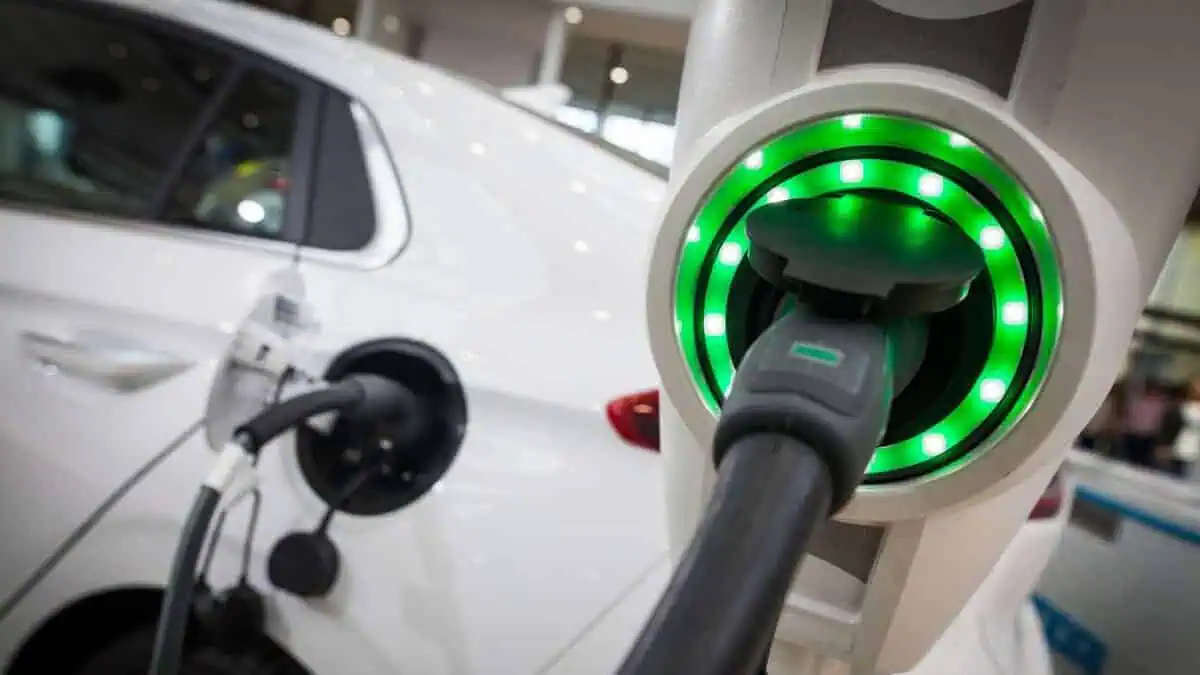Tesla‘s Q3 2022 financial results revealed that the leading American automaker has been deploying new infrastructure at a record rate, according to Electrek.
However, Tesla has also been scaling up its production and deliveries. The problem here is that there is a gap between the necessary infrastructures and the quickly expanding client fleet.
It is worth noting that the number of Tesla stores and service centers reached a record 728 sites in the most recent quarter. It has also recently opened 41 new stores and service centers. That is much greater than the 18 to 25 new locations it added each quarter over the previous two years.
For reference, the table below shows Tesla’s progress in launching store and service locations and mobile service fleet:
| Q3-2021 | Q4-2021 | Q1-2022 | Q2-2022 | Q3-2022 | YoY | |
| Store and Service Locations | 630 | 655 | 673 | 687 | 728 | 16% |
| Mobile Service Fleet | 1,190 | 1,281 | 1,372 | 1,453 | 1,532 | 29% |
It is fair to acknowledge that this sets a new record for the number of new locations added in a quarter. However, it is still only expanding by 16% YoY compared to Tesla’s deliveries of 42% over the same period.
Furthermore, Tesla’s network of mobile service vehicles has also been increasing.
For those unaware, it consists of auto technicians who travel in cars and vans outfitted to handle the typical maintenance procedures on Tesla vehicles. Notably, the fleet increased by 29% YoY due to the company’s 79 new vehicle additions.
On the other hand, Tesla installed over 2,508 Superchargers in the second quarter. In the third quarter of 2022, it deployed a more significant number of 2,718 additional units.
That said, the company currently runs 4,283 stations with 38,883 Superchargers. It increased 33% YoY, falling slightly short of Tesla’s 42% delivery growth worldwide.
According to Tesla’s Q3 shareholder’s letter, “Paid supercharging grew more than 3x compared to the prior year and we are working to further accelerate our deployments. We continue to expand Supercharging pricing from fixed to variable to better manage vehicle flow through our network.”
Tesla owners may recharge their vehicles in as little as an hour due to the Supercharger network. It significantly lessens range anxiety and enhances the Tesla ownership experience. Remarkably, the carmaker has begun extending it to non-tesla drivers in an effort to make electric vehicle chargers accessible for everyone.
Notably, Tesla’s infrastructure is focused more on marketing the brand than on selling cars. Tesla believes having physical locations are essential to its future. However, the gap it currently has with the quickly growing client fleet must be closed shortly to provide its clients with improved services.






